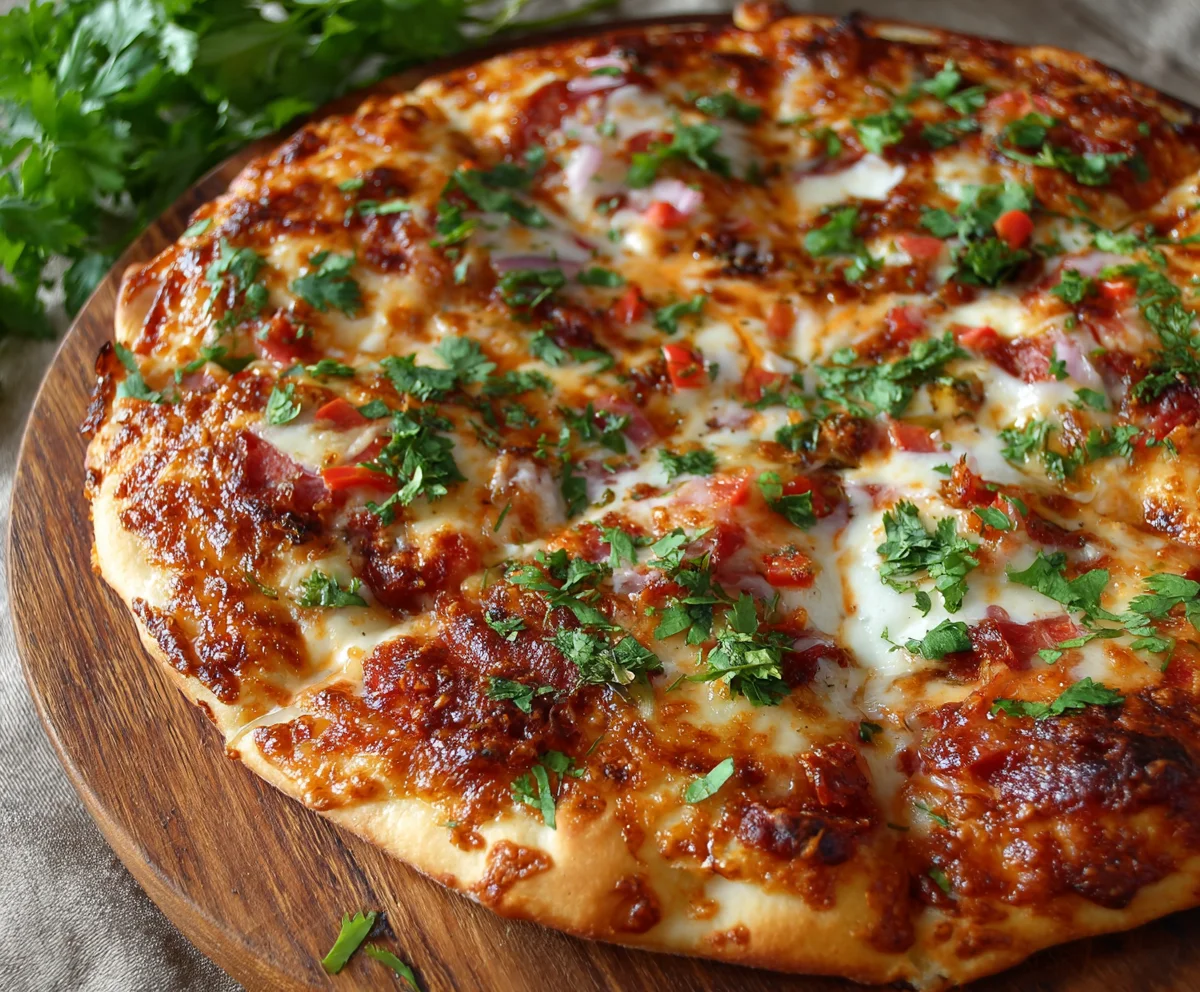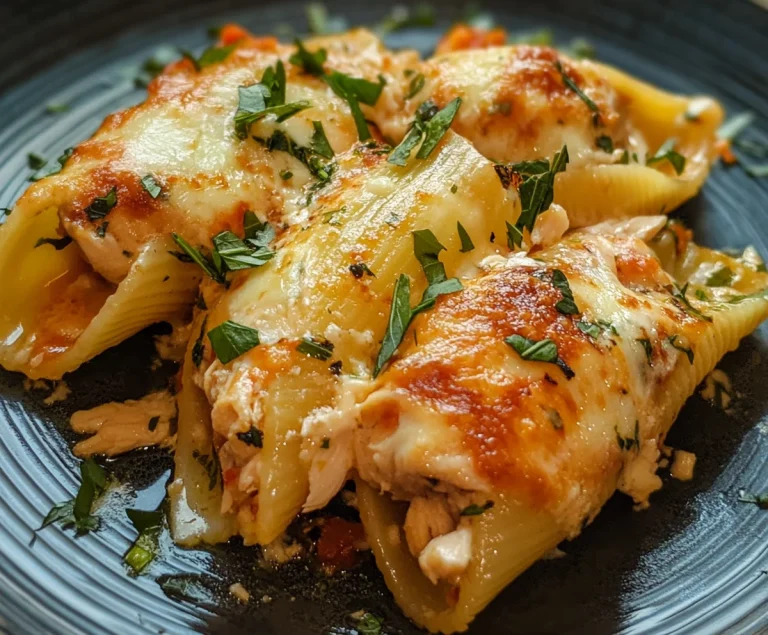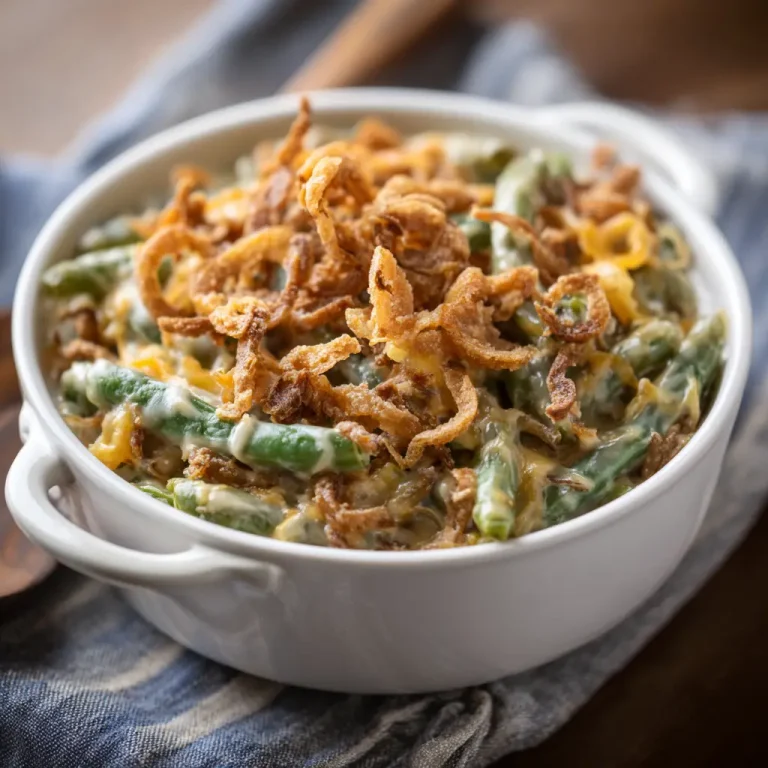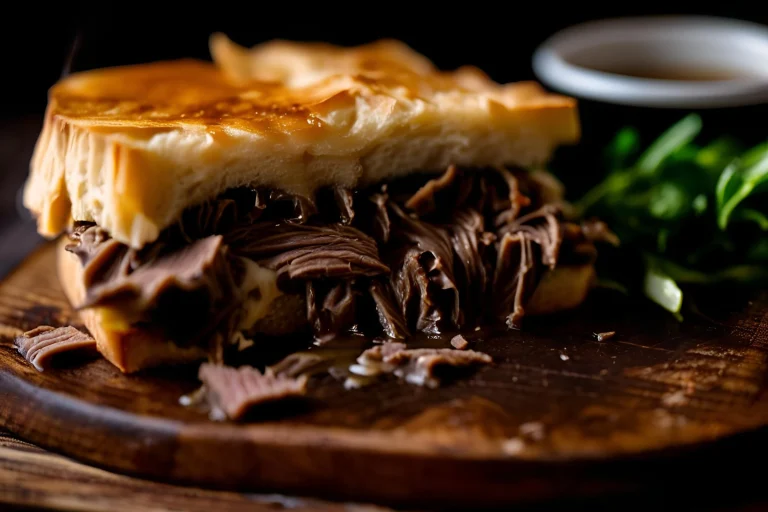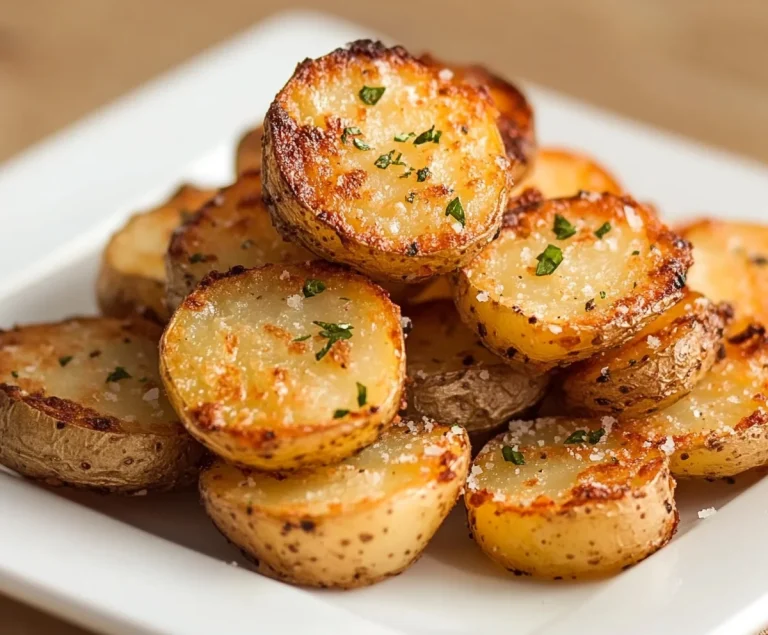Introduction
There’s something deeply comforting about the smell of fresh pizza baking in the oven. It fills your kitchen with warmth and the promise of something delicious. Pizza has long been a beloved dish across the world but its roots are deeply planted in Italian tradition. At the heart of every great pizza is the dough. It is the base that holds everything together and the texture and flavor of the crust can elevate your pizza from good to unforgettable.
In Italy, making pizza dough is almost a ritual. It is a process that relies on patience, simple ingredients, and a respect for time-honored methods. Unlike some fast-food versions that are overly thick or undercooked, authentic Italian pizza dough is light, crisp, and slightly chewy with a well-developed flavor. This recipe gives you everything you need to make that kind of dough at home even if it is your first time working with yeast or kneading by hand.
You do not need a professional kitchen or special equipment to get started. All you need is some good-quality flour, a few kitchen staples, and a little bit of time. Whether you are hosting a pizza night for friends or just want a taste of Italy in your own kitchen, this guide will walk you through every step. From choosing the right ingredients to understanding the rise time and baking techniques, you will find it all here.
By the end of this article, you will know how to make real Italian pizza dough that is perfect for any topping and any occasion. Let’s get started with what you will need.
Ingredients Needed
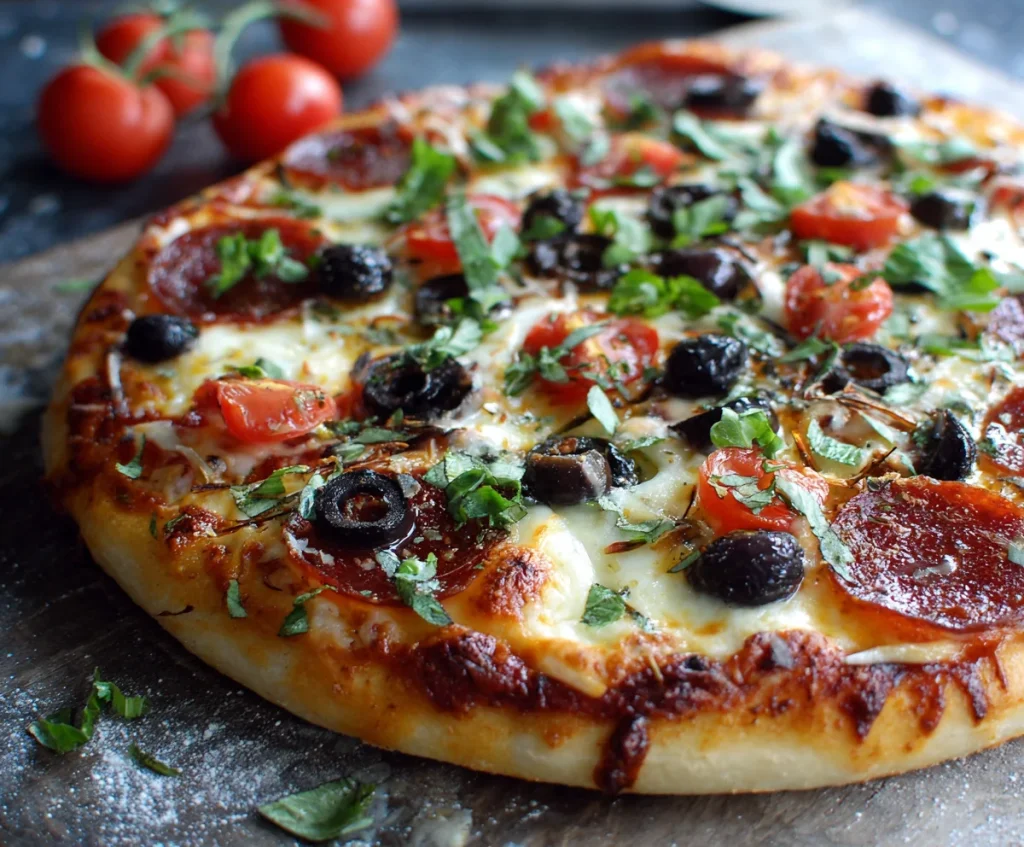
Making Italian pizza dough from scratch does not require many ingredients but each one plays a crucial role. Using fresh and high-quality ingredients will make a big difference in flavor and texture. Below is a table showing what you need along with an approximate calorie count for each item.
Ingredients Table
| Ingredient | Quantity | Calories (approx.) |
|---|---|---|
| All-purpose or 00 flour | 4 cups (500g) | 1,820 kcal |
| Warm water (about 105°F) | 1.5 cups (360 ml) | 0 kcal |
| Active dry yeast | 2 ¼ teaspoons (7g) | 21 kcal |
| Extra virgin olive oil | 2 tablespoons | 238 kcal |
| Sugar | 1 teaspoon | 16 kcal |
| Salt | 2 teaspoons | 0 kcal |
This recipe yields enough dough for two large pizzas or four smaller ones depending on how thin you stretch the crust. You can also freeze leftover dough for later use. Just wrap it tightly in plastic wrap and store it in the freezer for up to three months.
Read More: Easy Baked Ziti for Busy Weeknights
Step-by-Step Cooking Instructions
Start by adding the warm water to a small bowl. Stir in the sugar and sprinkle the yeast on top. Let this sit for about 5 to 10 minutes. You should see the mixture become frothy and bubbly. That means the yeast is active and ready to go.
In a large mixing bowl, add your flour and salt. Mix gently to combine. Make a well in the center and pour in the yeast mixture along with the olive oil. Use a wooden spoon or your hands to mix everything until it forms a rough dough.
Turn the dough out onto a lightly floured surface. Knead for about 8 to 10 minutes until it becomes smooth and elastic. This step helps develop gluten which gives the dough its signature chewiness. If the dough feels sticky, sprinkle in a bit more flour as needed.
Place the dough in a lightly oiled bowl and cover it with a damp towel or plastic wrap. Let it rise in a warm place for 1 to 2 hours until it doubles in size. This slow rise allows the flavors to develop and makes the dough easier to work with.
Once the dough has risen, punch it down to release the air. Divide it into two or four equal pieces depending on the size of the pizzas you want to make. Shape each piece into a ball and let them rest for 30 more minutes under a cloth.
Roll out each ball on a floured surface into a round shape about 10 to 12 inches wide. Try to keep the edges slightly thicker if you like a traditional crust. Use your hands to stretch the dough if you feel confident or use a rolling pin for even results.
Preheat your oven to 475°F. If you have a pizza stone, place it in the oven while it heats. Transfer the rolled-out dough to a baking sheet or pizza peel. Add your favorite sauce and toppings. Bake for 7 to 10 minutes until the crust is golden and the cheese is bubbling.
Read More: How to Make Perfect Sourdough Focaccia at Home
Tips for Customizing the Recipe
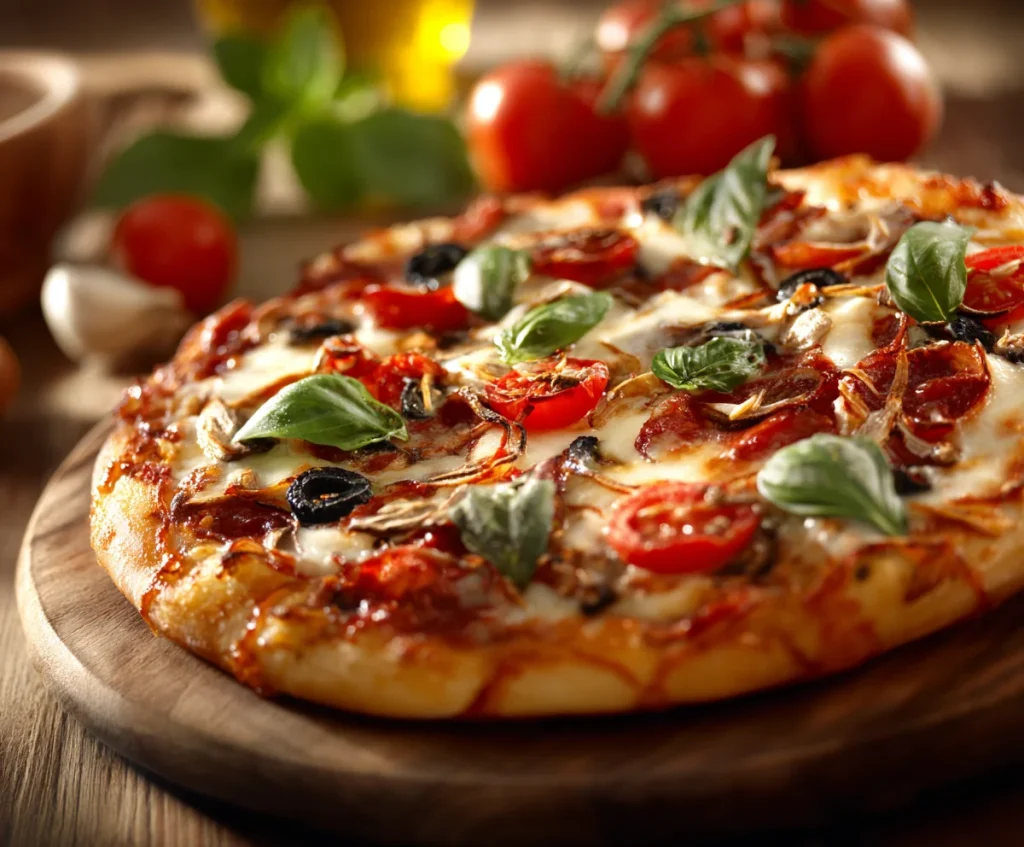
There are many ways to adapt this dough recipe to suit your preferences. For a healthier twist, replace half of the flour with whole wheat flour. This will add more fiber and a nutty flavor to your crust. If you love herbs, mix in a teaspoon of dried oregano, rosemary, or basil into the flour before kneading. It adds a subtle aroma and pairs well with most toppings.
You can also play with rise times. Letting the dough ferment in the refrigerator overnight or even up to 72 hours develops deeper flavors and a better texture. Just be sure to bring it back to room temperature before rolling it out.
If you are in a rush and don’t have time for yeast-based dough, you can use self-rising flour mixed with Greek yogurt for a quick alternative. It won’t taste exactly the same but it gets the job done when time is tight.
Nutritional Information

Here is the approximate nutritional breakdown for one serving of pizza crust made from this dough. This is based on dividing the recipe into eight equal parts.
| Nutrient | Amount per Serving |
|---|---|
| Calories | ~260 kcal |
| Protein | 6 grams |
| Fat | 3.5 grams |
| Carbohydrates | 48 grams |
| Fiber | 1.5 grams |
| Sodium | 390 milligrams |
This does not include any sauce or toppings. Keep in mind that what you add to the pizza will significantly change the calorie count and nutritional profile. Always factor in cheese, meats, or extra oil if you are tracking your intake.
Serving Suggestions
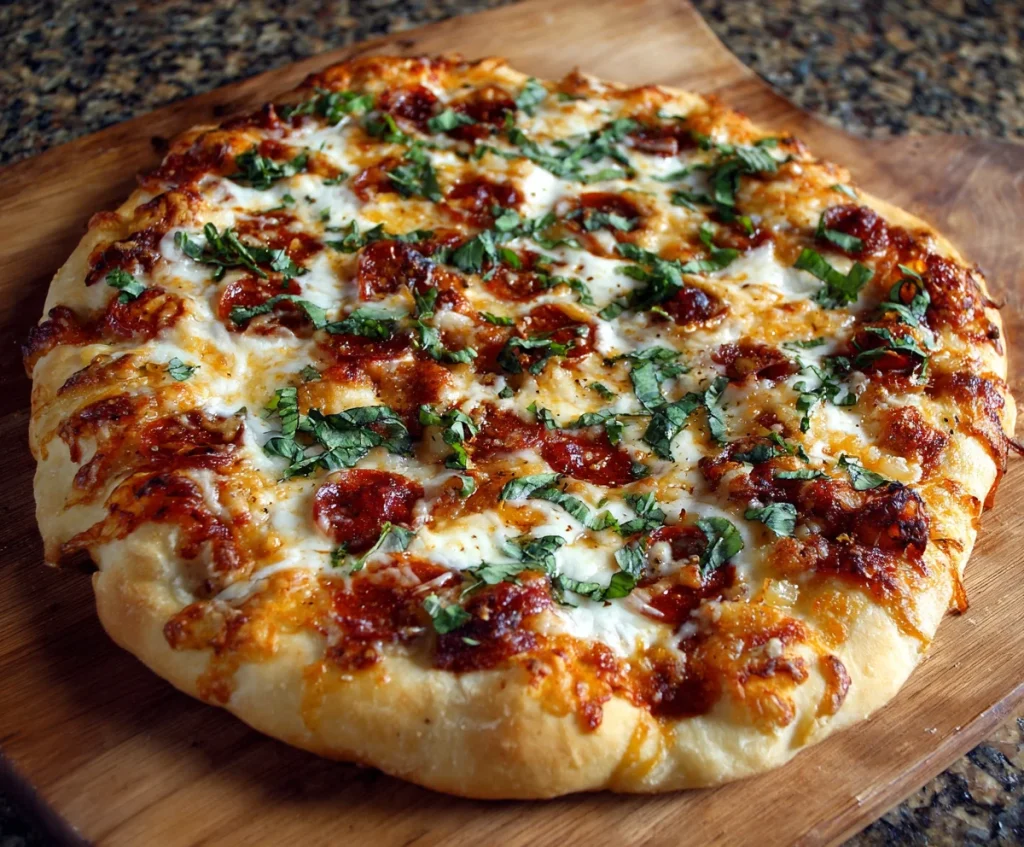
Once your pizza is hot and fresh from the oven, the possibilities are endless. For a classic Italian experience, go with a Margherita style. That means tomato sauce, fresh mozzarella, and a few basil leaves added after baking. A drizzle of olive oil over the top brings everything together.
You can also try a white pizza with ricotta, garlic, and spinach. Or go bold with spicy salami, olives, and red chili flakes. If you want a lighter option, top your pizza with roasted vegetables and skip the cheese altogether.
Serve your pizza with a side salad dressed in balsamic vinegar or garlic breadsticks for a complete meal. A glass of Italian red wine or sparkling water with lemon is the perfect finishing touch.
Read More: Simple and Tasty Bruschetta Recipe
Conclusion
Making Italian pizza dough at home might seem like a challenge but it is actually quite simple once you understand the process. With just a few basic ingredients and some patience, you can create a pizza base that is better than anything you can buy in a store or even order from a restaurant. The flavor, texture, and satisfaction of making it yourself are hard to beat.
This dough recipe is versatile, reliable, and deeply rooted in Italian tradition. Whether you like your crust thin and crispy or soft and chewy, you now have the foundation to make it your own. So gather your ingredients, roll up your sleeves, and bring a little taste of Italy into your kitchen. You will be glad you did.

